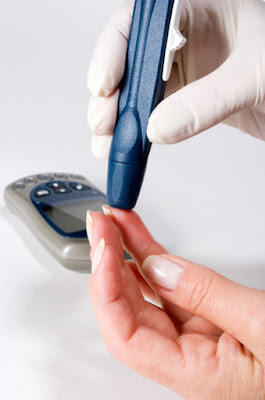HAY'S TEST FOR BILE SALTS

HAY'S TEST FOR BILE SALTS Hay’s test for bile salts – Its principle, reagent and procedure Hay’s test for bile salts: Hay’s test for bile salts is a specific test used for the qualitative detection of bile salts in urine. Bile salt appears in the urine of patients suffering from jaundice. It consists of a watery mixture of organic and inorganic compounds. Bile acids are cholic acid and chenodeoxycholic acid which form conjugation with glycine and taurine. These two bile acids combine with sodium and potassium to form bile salts. Bile salts are sodium or potassium taurocholate, and sodium or potassium glycocholate. Hay’s test is also called sulphur powder test . Hay’s test for bile salts principle: Bile salts have a property of lowering the surface tension of the fluid. If Bile salts present in urine and sulphur powder is added to the urine in the test tube, the sulphur particles will sink. In normal cases it does not sink rather, it floats on the surfa...


